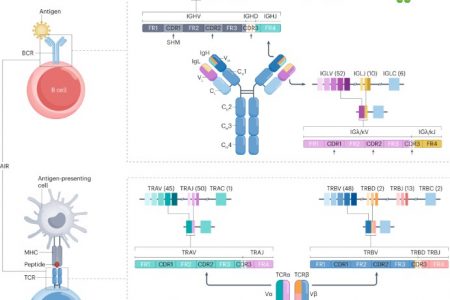
Mastering Plant RNA Extraction Methods, Steps, and Techniques for High-Quality Research
Plant RNA Extraction Overview In the extensive domain of molecular biology, the extraction of RNA from plants is recognized as a fundamental procedure in the study of gene expression, functional genomics, and transcriptomics. RNA,a conduit for genetic information, plays a pivotal role in various aspects of plant growth, development, and response to environmental stresses. However, […]


 Sample Submission Guidelines
Sample Submission Guidelines







